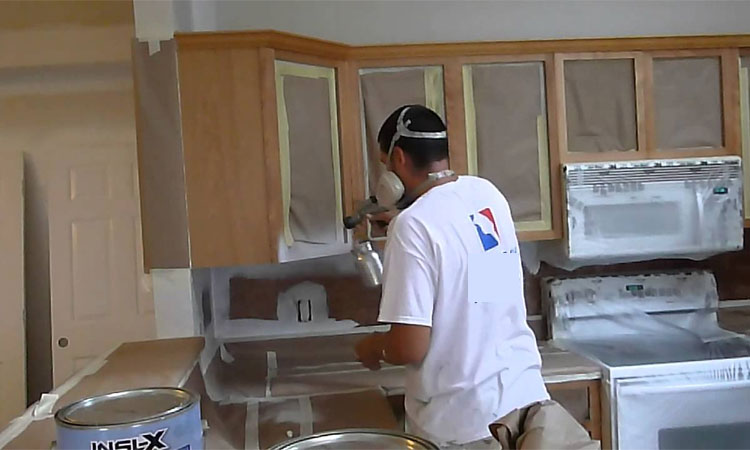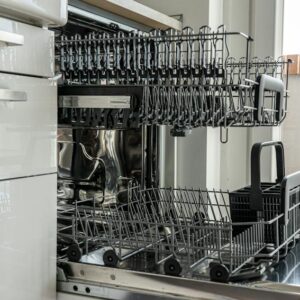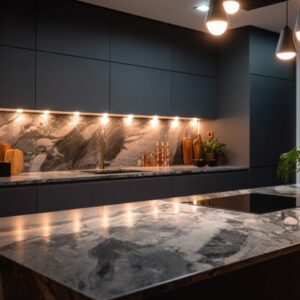Anyone who is aiming for kitchen remodeling, Cabinet Refinishing, ought to be the most extreme and one of the toughest of jobs. Many house owners and general workers had had little information on the proper and the best way for cabinet resurfacing. Thus, they have inefficiently disposed of offices that were still in moderately great or possibly salvageable condition.
Why cabinet refinishing is done?
Cabinet refinishing is one of the most recommended jobs to be done for renovating your cabinet. It involves replacing the old cabinets with a new one and applying fresh paint on the committee with new drawers.
In the two cases, the current cabinets stay unblemished. Revamping or refinishing the cabinets are progressively moderate, faster, and less problematic than supplanting cabinets.
Before you choose either to renovate or replace the cabinets, make sure your offices are appropriate for both of these alternatives. The primary agenda is to decide if your cabinets are ideal to be revamped or to be refaced.
For resurfacing, all parts must be in excellent condition, including the doors, drawers, and cabinet boxes.
Regardless of which choice you pick, the cabinets and cabinet boxes will remain when revamping or refinishing, so they should be in good condition. Use this outline to decide whether your kitchen cabinets are in line either for renovating or refinishing.
Before you get into cabinet refinishing, you must carefully look inside each committee for the signs of structural and other damages. The most common structural injuries found in the offices are cracked side panels or loose joints. Make sure you must carefully inspect the corners and edges of the committee because they are more prone to be damaged. If you find any soft or a wet area, then it is a sign of water damage, which you need to address immediately to get rid of it.
- Ensure that the upper cabinets are securely inclined to the walls with hinges and clamps.
- Must check the base cabinets for possible water damages, especially those that are located under the basin and sink area. The bottom of the cabinets should be firm and flat, not sagging or dislodged.
- Must check if the cabinet frames are tightly attached to the cabinets, with smooth and flat edges. If you found some small cracks, then you can get them removed by filling them with putty that is quite an easy job, and you don’t need to be an expert in it.
- Ensure that all fixed shelves are firmly attached and must not be cracked or loose.
- Check each drawer if it rolls smoothly, opens up entirely, and closes gently. Remove the drawers from the cabinets and scrutinize their structural reliability and adaptability. The bottom of the drawer must be secured in the drawer box and must be not cracked or distorted.
- The drawer slides must be securely attached and must be in good condition. Check the slides of the drawer for missing fasteners and other damaged parts.





